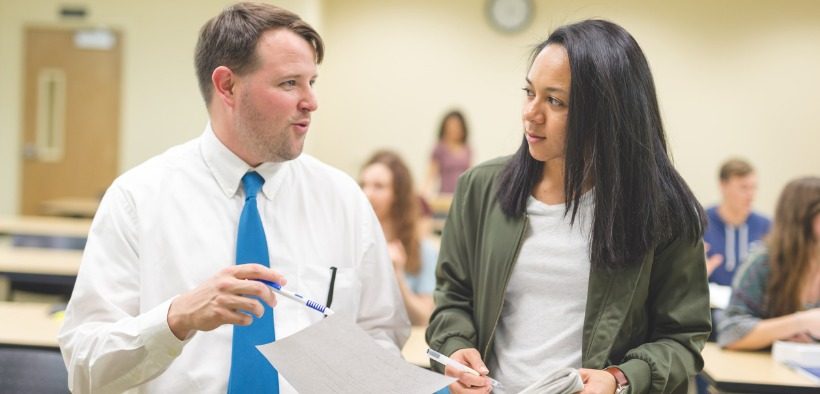In August 2017, Inside Higher Ed featured an article describing a controversial “stress reduction policy” that was part of a professor’s course syllabus at the University of Georgia. The policy was intended to prevent the “profound consequences” of emotional reactions to stressful situations by allowing students to choose their own grades, opt out of group assignments, and use their books and notes for exams. The university (fueled by some heated national backlash) has since forced the professor to change his syllabus so that it is in line with more rigorous standards and practices.
A Different Way to Provide Feedback of Student Learning

Related Articles
I have two loves: teaching and learning. Although I love them for different reasons, I’ve been passionate about...
Active learning is a mostly meaningless educational buzzword. It’s a feel-good, intuitively popular term that indicates concern for...
Perhaps the earliest introduction a student has with a course is the syllabus as it’s generally the first...
Generative AI allows instructors to create interactive, self-directed review activities for their courses. The beauty of these activities...
I’ve often felt that a teacher’s life is suspended, Janus-like, between past experiences and future hopes; it’s only...
I teach first-year writing at a small liberal arts college, and on the first day of class, I...
Proponents of rubrics champion them as a means of ensuring consistency in grading, not only between students within...







